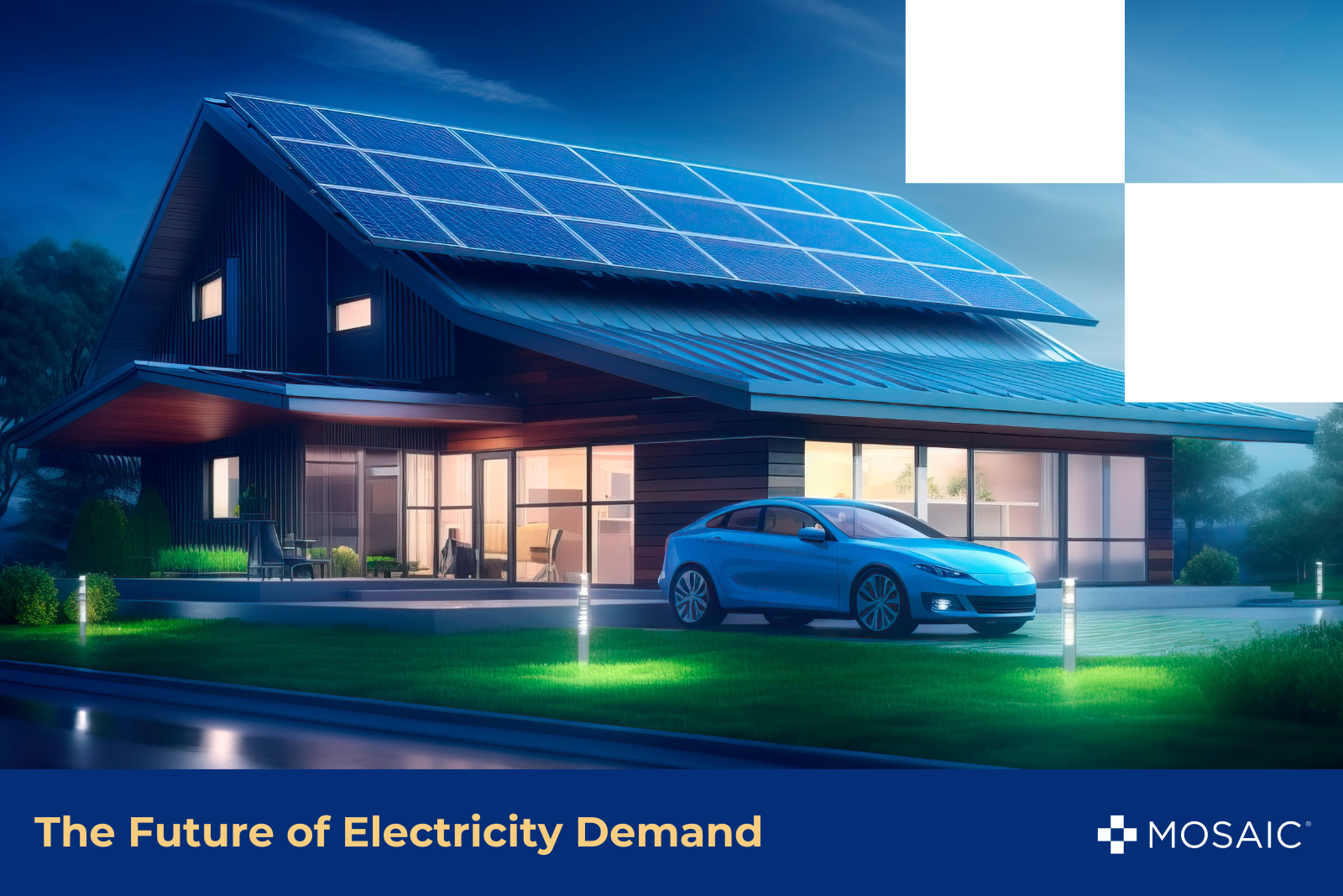How we power our world is changing rapidly. According to the International Energy Agency, global electricity demand is expected to rise at a faster rate over the next three years, an average of 3.4% annual growth. Clean energy advancements and financing will play a key role in helping homeowners navigate and benefit from this shift.
Future Energy Demands:
Residential technologies like EV chargers and heat pumps will result in higher electricity needs as homeowners look to gain energy independence and switch to full-electric homes. More extreme weather conditions will also lead to higher consumption of electricity. Record breaking temperatures call for more energy to keep the home at a livable, comfortable temperature.
Outside the home, powering developing technologies will put pressure on electric demands. Electricity consumption from artificial intelligence (AI) and related sectors could double by 2026. Already in 2022, these technologies had reached the electricity consumption of Japan. Clean energy sources can help us meet these growing demands without relying on over-priced, climate-damaging fossil fuel sources — while saving money for homeowners and creating industry jobs.
The Role of Clean Energy:
To keep up with their increased electric needs, more homeowners will rely on solar panels to help power their residences. Solar panels can allow homeowners to reduce the cost of their energy consumption, dodge high utility rates and lower their personal carbon footprint.
As our country transitions to clean energy sources, our older energy grid infrastructure will need updating. The outdated transmission lines are not capable of meeting renewable energy demands. As more people look to clean energy, a new transmission grid will become a necessity.
Older energy grids are also more vulnerable to blackouts during intense storms. As these increase, more homeowners will look towards battery storage to gain energy independence and greater energy resiliency.
Alongside the increased electricity demand per household, batteries can help homeowners use stored energy, even when their panels aren’t producing.
The overall trajectory of clean energy adoption is clear: our world is moving towards electric, cleaner energy sources. As the electricity demand grows, solar panels and batteries will be an important part of most homes, and financing options can make them budget-friendly for more homeowners. With lower monthly payments, these upgrades can be affordable for more people, offsetting the strain of increased energy demand and giving more homes the opportunity to benefit from cost-saving renewables.
Financing applied for and processed through the Mosaic platform is originated by Solar Mosaic LLC or one of its lending/financing partners. Equal Housing Lender
